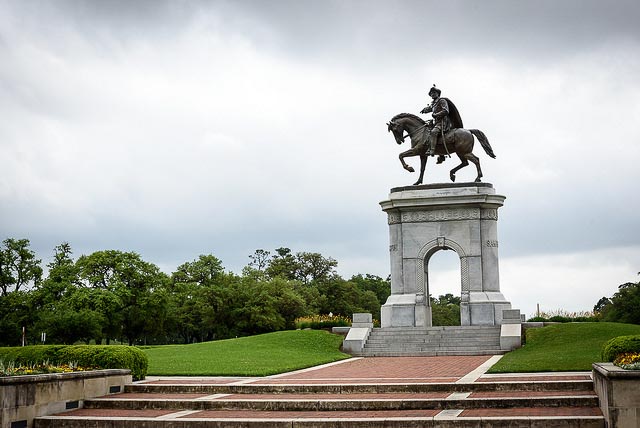There are an incredible variety of green spaces within the city of Houston. Thanks to the recent efforts by the City of Houston Parks and Recreation Department, the Houston Parks Board, Harris County Commissioners and many other actors, the city and region are positioned to see much more green space in the future.
But the green spaces that make up Houston’s parks network are not exclusively owned and maintained by the city. They fall under the management of other municipalities such as the cities of Bellaire and West University, Harris County, Texas Parks and Wildlife, private organizations and conservancies, and the SPARK parks program, which converts schools into neighborhood parks during after-school hours.
This mix of ownership makes it difficult to assemble and maintain a simple inventory of parks in the Houston area, let alone to coordinate the management of existing green spaces. A recent Kinder Institute project addresses the first of these problems by assembling and standardizing publicly-available data from different municipalities. The resulting dataset, which is available on the Kinder Institute’s Urban Data Platform, is the first comprehensive database of parks in the Houston area. It contains information on park location, boundaries and amenities offered in each park, such as playgrounds or trails.
Availability of this interjurisdictional park dataset could transform how public officials and local organizations understand the shortcomings and strengths of Houston’s urban park network. Too often local planning initiatives and research on park access in Houston rely on data solely about the City of Houston Parks and Recreation Department’s facilities. Looking at parks owned by just one agency paints an incomplete picture of Houston’s green spaces. Houstonians use a mix of city, county, and private parks for recreation in their daily lives. Because they are interconnected by users it is critical to consider all parks together as an integrated network to direct regional planning efforts and identify underserved areas of the city.
A quick look at southeast Houston illustrates how including county, state and private parks changes the picture of local park access. The following maps shade in areas from which residents could walk to nearby parks in 10 minutes or less.
This area includes Gulfton, one of the most densely populated neighborhoods in Houston and an area that has been at the center of debates about the distribution of city parks.
After including county and SPARK parks, the number of green spaces almost doubles, and the area within a 10 minute walk of a park dramatically increases, though large swaths of this region are still not within walking distance of any park. This holistic view of Houston’s parks more accurately captures the network of green spaces that residents know of and interact with.
Of course, the extent to which a park system meets the needs of local residents depends on far more than the sheer number of parks within walking distance. But communities with parks managed by several entities are ripe for collaboration on what amenities are offered at each of these parks. By coordinating maintenance and programming of their nearby green spaces, the city and county could make budgets stretch further and improve park space for all their constituents. Integrating spatially-referenced datasets helps to identify the most promising opportunities for this type of interjurisdictional coordination in the Houston area.
These findings were recently unveiled at the Kinder Institute’s Urban Data Platform (UDP) launch event in February 2017. The UDP is a data repository containing research-ready geocoded data for the Houston metropolitan area, which allows researchers to conduct statistical and spatial analysis to investigate urban issues and identify potential solutions. In addition to our parks dataset, the UDP contains a variety of datasets like demographic, education, crime, environmental, health, housing and more. The UDP aims to support a deeper understanding of Houston’s people, government and built environment. To find out more, visit www.houstonurbandata.com.
Kate Thomas graduated from Rice University in 2017 with a statistics degree.




